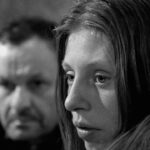Few artists have influenced filmmakers as strongly as Vincent van Gogh. His intense life, emotional depth, and groundbreaking use of color and light continue to draw creative interpretation. Directors and actors have portrayed not only his biography but also his inner struggles, his relationships, and his dedication to art. These films capture his isolation, passion, and search for meaning, showing how his vision reshaped the way the world sees beauty.
Through animation, precise cinematography, and readings from his letters, these films give an unfiltered look at Van Gogh’s world. They explore his final years in Arles and Auvers-sur-Oise, his bond with Paul Gauguin, and the impact of his work on modern art. Here are five essential films that bring Vincent van Gogh’s life and art to the screen.
5. Vincent (1987)
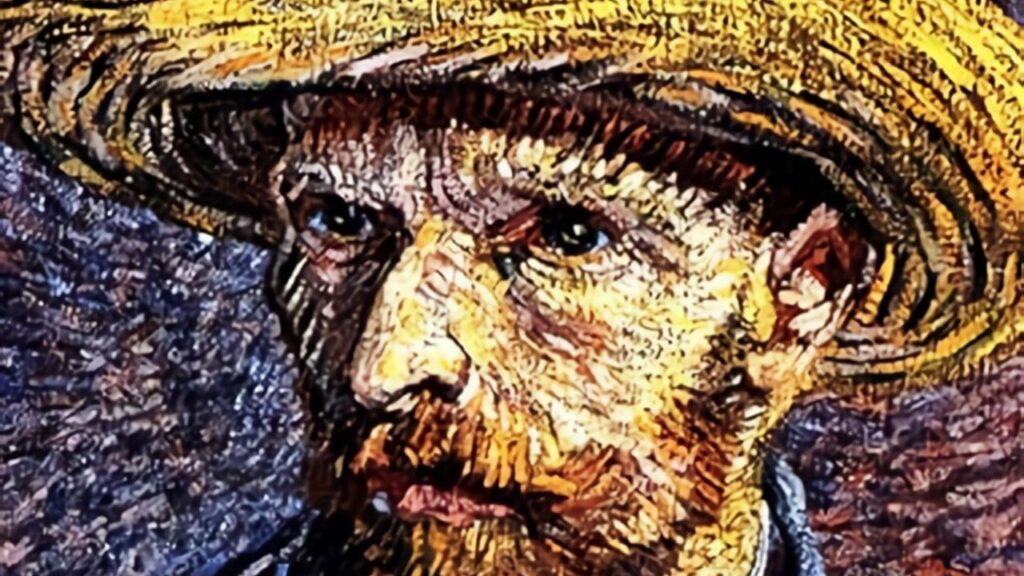
This acclaimed Australian documentary provides a unique and intimate look into Van Gogh’s life and mind. The entire film is narrated by actor John Hurt, who reads aloud the poignant and descriptive letters Vincent wrote to his brother, Theo. The narrative is entirely driven by Van Gogh’s own words, while the screen images consist of hundreds of his paintings and sketches displayed in chronological order, along with shots of the actual locations in the Netherlands and France where he lived and worked. It offers an authentic, personal experience, allowing the viewer to hear the artist’s voice and follow his artistic and personal journey directly through his work and correspondence.
4. Vincent & Theo (1990)
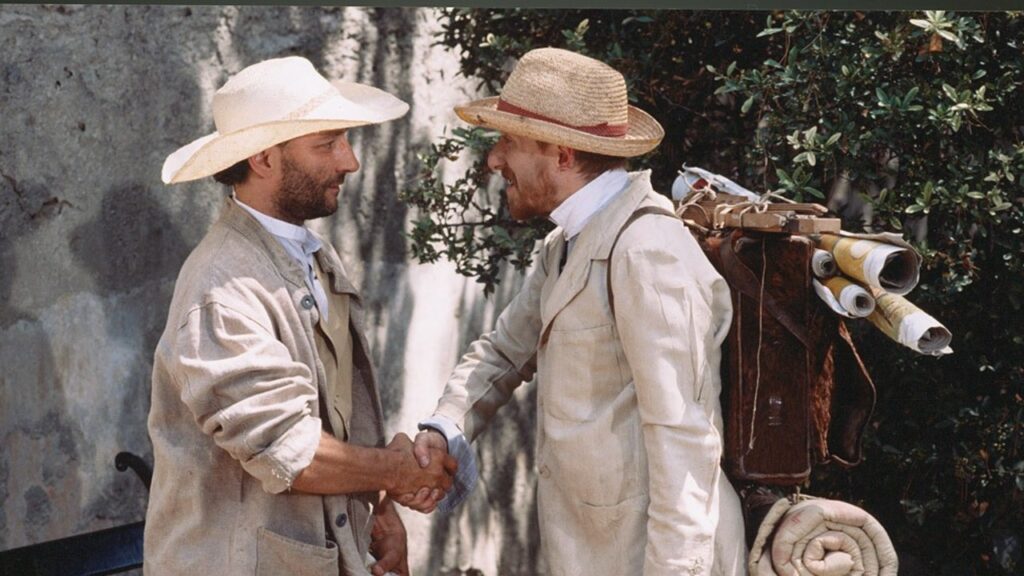
Directed by the legendary Robert Altman, this film is a powerful double portrait of the two brothers. Tim Roth gives an intense performance as the volatile, passionate Vincent, while Paul Rhys plays the devoted, more conventional Theo, an art dealer who constantly supports his brother financially and emotionally despite his own struggles and a failing career in a rigid art world. The movie uses the extensive real-life correspondence between the brothers as its foundation, exploring their deep bond and codependency. It provides a detailed look at the poverty and hardship of the artist’s life, showing how both men were ultimately consumed by their shared dreams and struggles.
3. Van Gogh (1991)
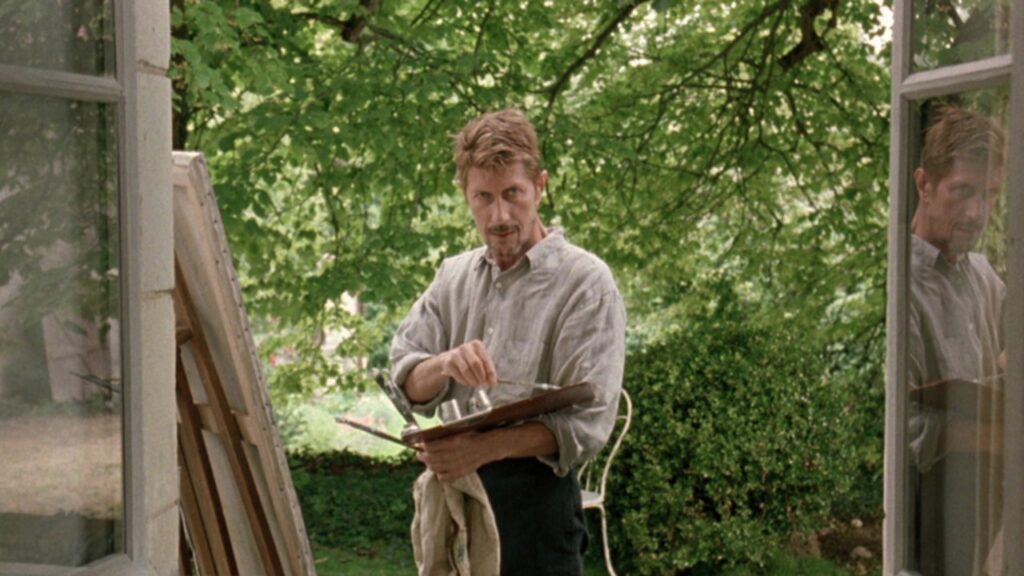
Directed by French filmmaker Maurice Pialat, this film focuses intensely on the last 67 days of the artist’s life. Unlike a typical Hollywood drama, it is an understated, naturalistic portrayal that avoids sensationalism and melodrama. Jacques Dutronc, who won a César Award for Best Actor, plays Van Gogh with a quiet intensity, depicting his difficult social interactions, his complex relationship with his brother Theo, and his family, and his declining mental state. Pialat is interested in the man who suffered under the pressure of living an artist’s life without commercial success. The film’s strength lies in its authentic atmosphere, meticulous period detail, and focus on mundane, everyday events that subtly build tension towards his eventual death.
2. At Eternity’s Gate (2018)
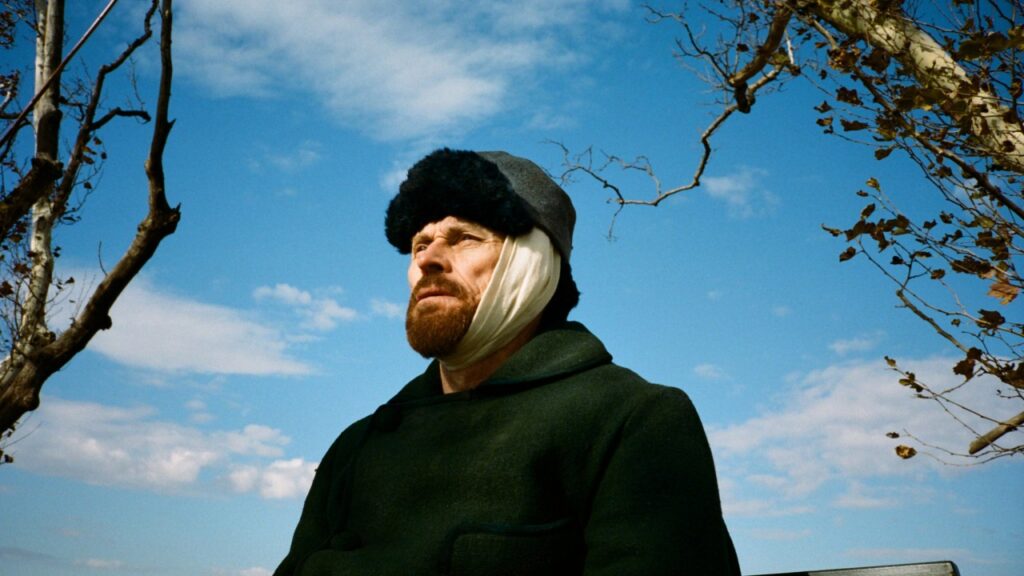
Directed by painter Julian Schnabel, this film is less a conventional biopic and more a subjective, impressionistic portrait of the artist’s inner world during his final years in Arles and Auvers-sur-Oise. Willem Dafoe, who received an Academy Award nomination for his intense and vulnerable performance, captures Van Gogh’s passion, anguish, and his unique way of perceiving nature and light. The film uses restless, handheld camera work, shifting perspectives, and a rich color palette to put the audience inside Van Gogh’s troubled mind. Key scenes include philosophical discussions about art with fellow painter Paul Gauguin (Oscar Isaac) and a priest (Mads Mikkelsen), highlighting the artist’s isolation and his profound connection to his work.
1. Loving Vincent (2017)
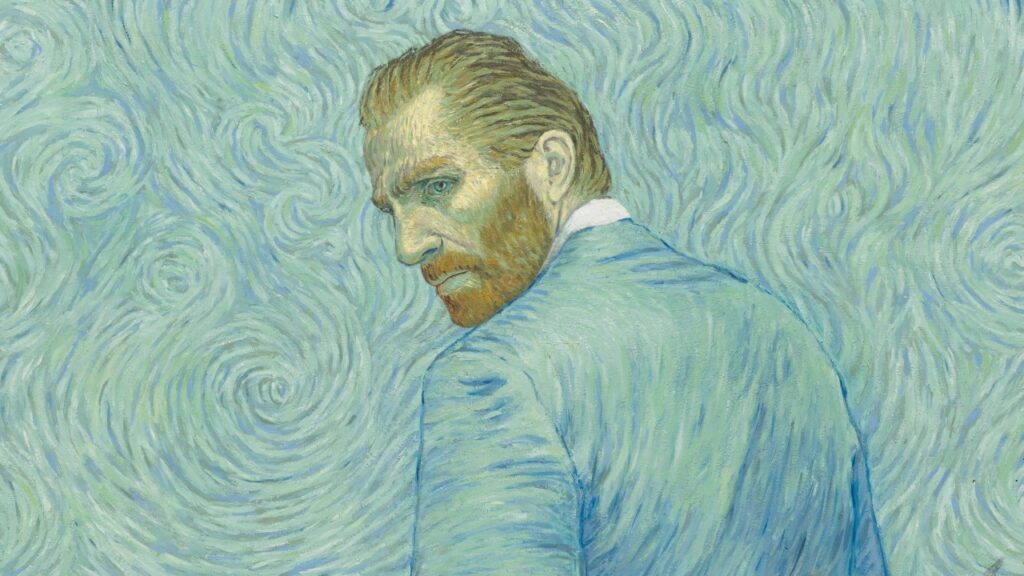
This groundbreaking film is a visual masterpiece and a must-watch for any Van Gogh enthusiast. Every one of its 65,000 frames is an actual oil painting on canvas, created by 125 professional artists who used Van Gogh’s style and techniques. The narrative unfolds a year after his death, following Armand Roulin, the postman’s son, as he attempts to deliver the artist’s final letter to his brother, Theo. The investigation delves into the mystery surrounding Van Gogh’s controversial death, presenting different theories through interviews with the characters that inhabit his famous paintings. The use of vibrant color in the present-day scenes and black-and-white for flashbacks effectively mirrors the emotional landscape of the story.



